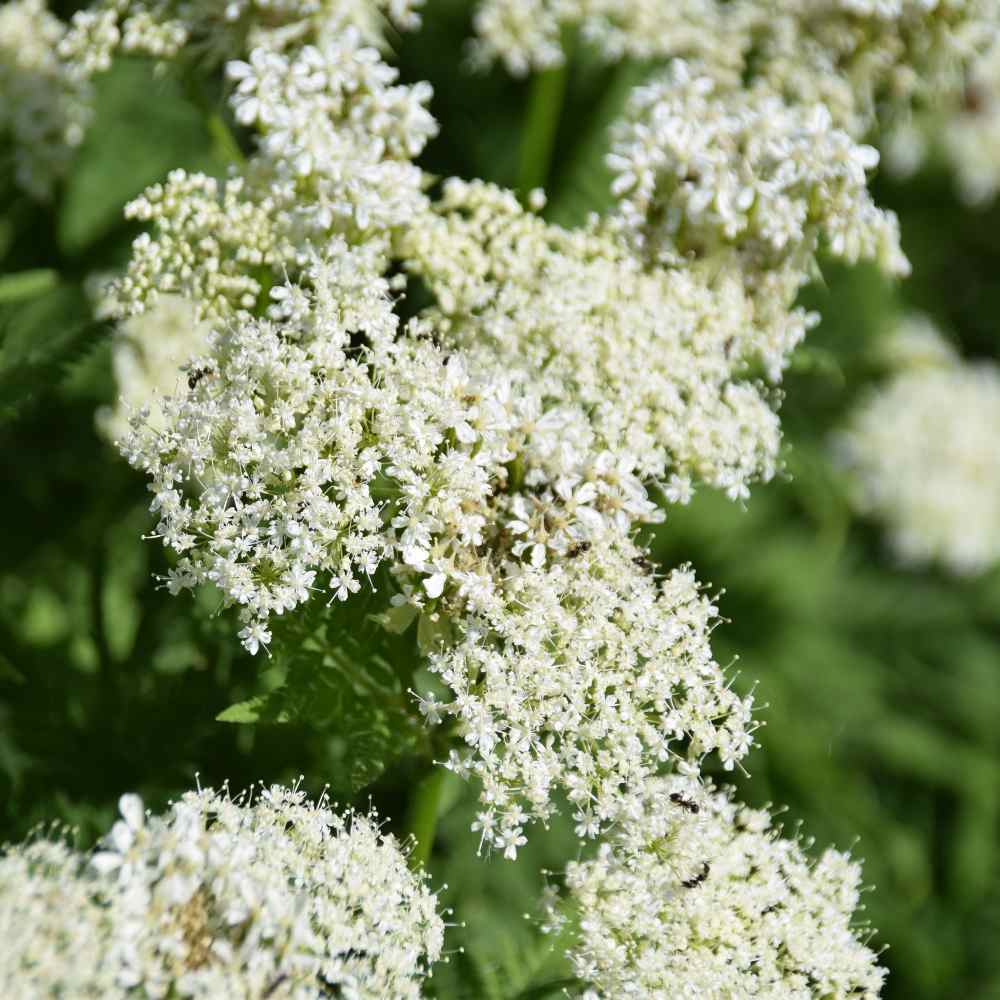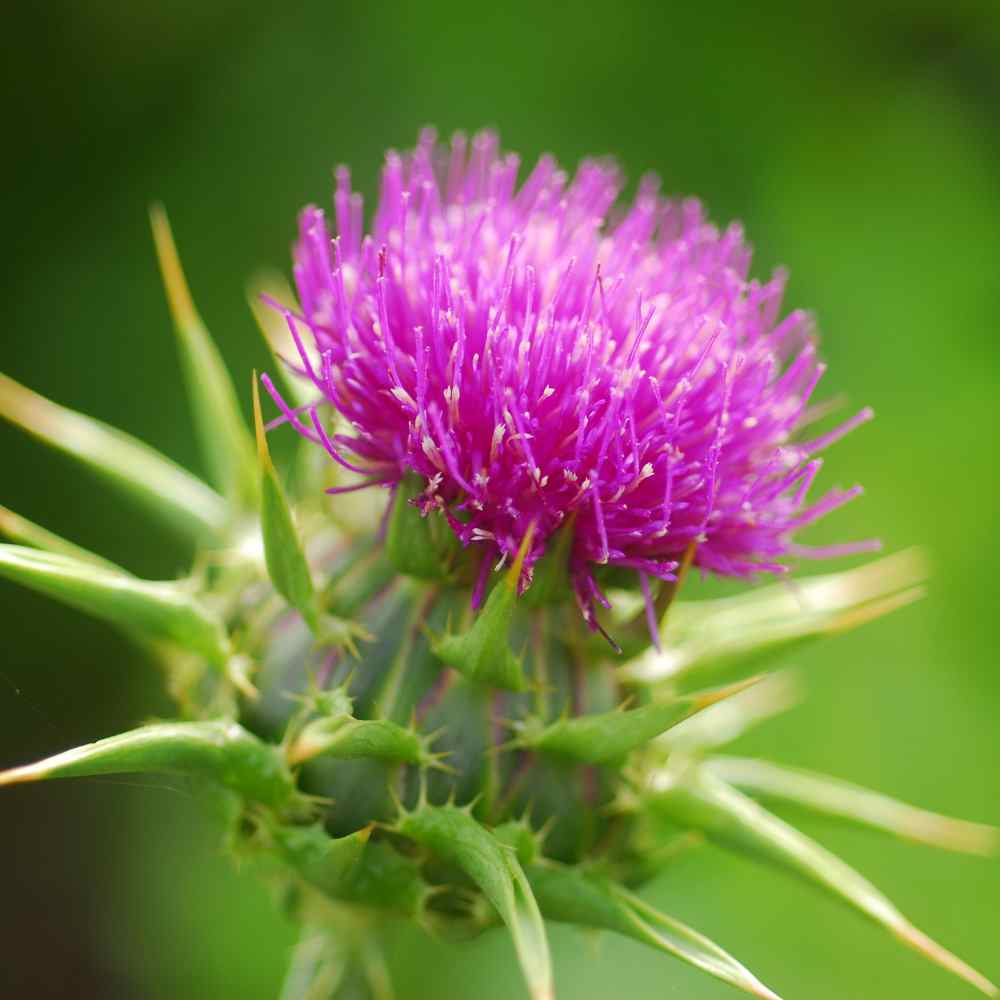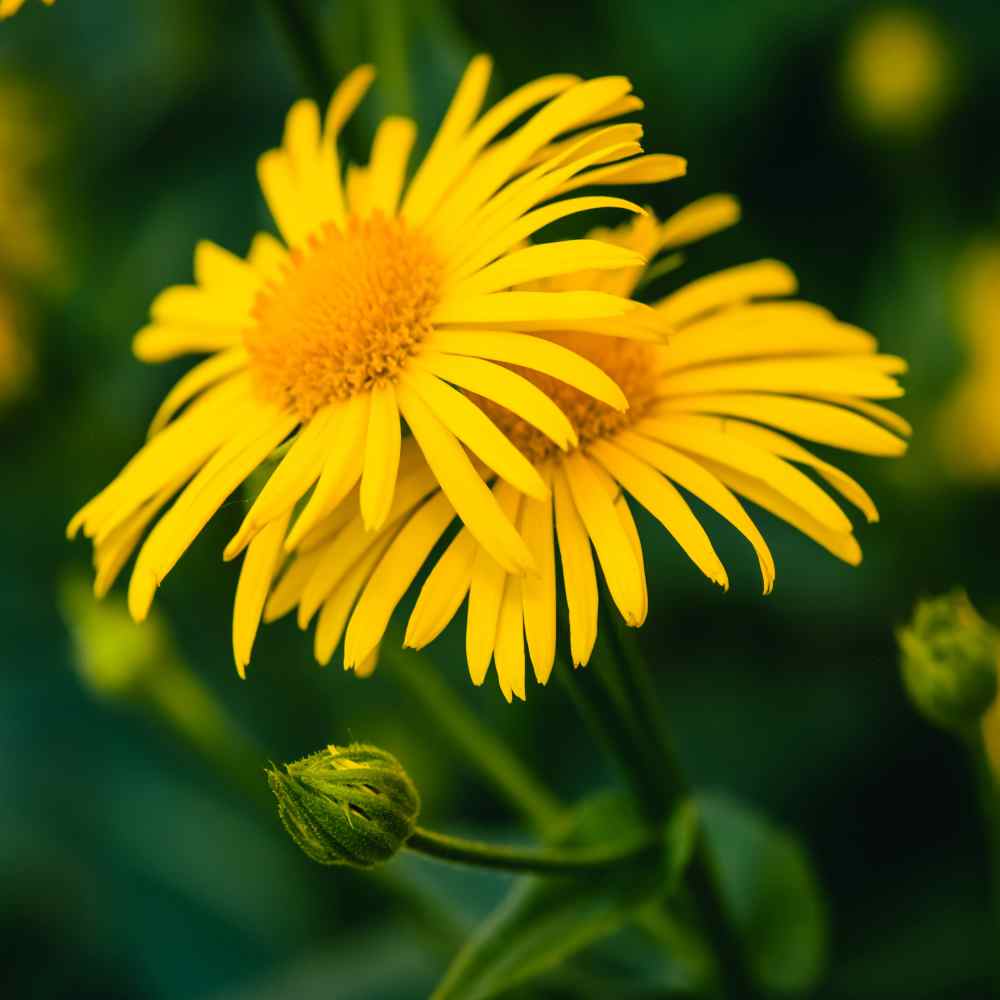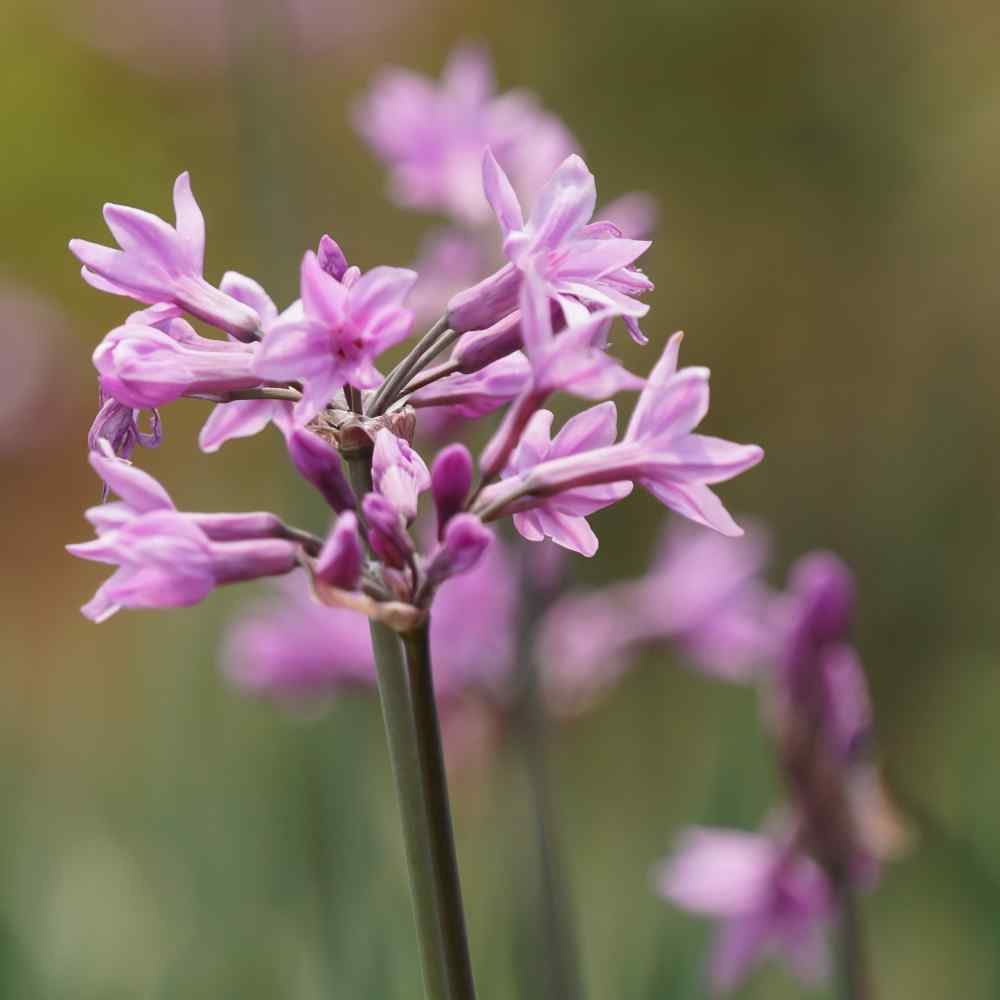
Sweet Cicely Planting Guide
Quick Facts About Sweet Cicely
Sweet Cicely is a very unique looking herb that resembles a fern in appearance. Other names it's known by are: garden myrrh, fern-leaved chervil, shepherd's needle and sweet-scented myrrh. This herb is rich in nectar and greatly valued by bees and other pollinators. It's easy to dry and keeps its sweet aroma even once dried.
Planting Time
Plant indoors in the late spring. Or, start directly outdoors in the fall for germination the next spring.

Planting Location
Plant in partial shade in well-drained, loamy soil.
How to Plant Sweet Cicely
- Cold stratification is needed prior to planting. To do this place seeds in moistened peat moss, put the mixture in a ziplock bag, and place in the refrigerator for three months prior to planting.
- You have two options for planting seeds: Sow them directly into the garden at a depth of 1/4 inch in the fall. Alternatively, start seeds indoors in the spring.
- Plant 1 - 2 seeds per cell or plant.
- Once seedlings sprout, ensure they receive plenty of light by placing them on a sunny windowsill or positioning them 3-4 inches below fluorescent plant lights that are switched on for 16 hours daily and off for 8 hours at night. Adjust the lights as the plants grow taller. Avoid using incandescent bulbs as they generate excessive heat. Remember, most plants need a period of darkness to thrive, so do not keep the lights on for 24 hours.
- Transplant into garden when temperatures are consistently warm.
- Before transplanting seedlings into the garden, it's essential to "harden them off". This involves acclimating young plants to outdoor conditions by placing them in a sheltered outdoor area for about a week. Initially, shield them from strong winds and direct sunlight. If there's a risk of frost overnight, either cover the plants or bring them indoors, then return them outside in the morning. This hardening off method helps strengthen the plant's cell structure, minimizing transplant shock and sun damage.
- Space plants 24 inches apart in garden.

Care And Maintenance
- Keep weeds under control during the growing season. Weeds compete with plants for water, space and nutrients, so control them by either cultivating often or use a mulch to prevent their seeds from germinating.
- Mulches play a vital role in preserving soil moisture and ensuring consistent soil temperatures. When it comes to annuals, using organic mulch made from shredded leaves not only enhances the appearance of the bed but also enriches the soil as it decomposes over time. Remember to keep mulch away from the plant stems to avoid potential rot issues.
- Water only to keep the soil moist, do not let it dry out between waterings.
- Harvest by snipping leaves and seed heads. Dig roots up in the fall once they are around a year old. Add fresh leaves to salads, soups, or omelets. The stalks can be used much like celery, while the roots can be boiled or eaten raw. Many people say that the roots make a flavorful wine.




































